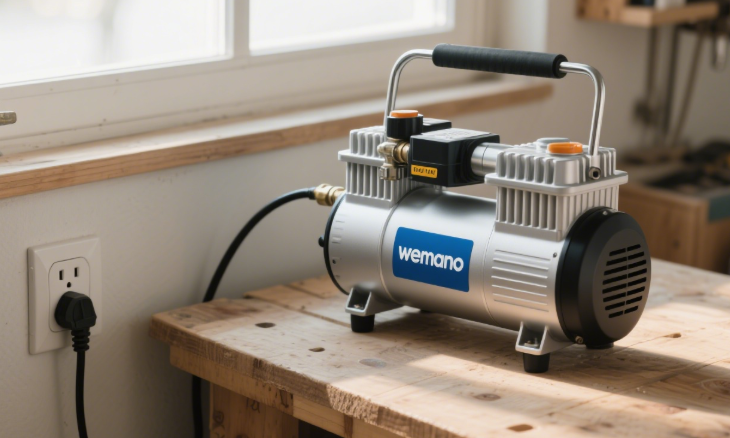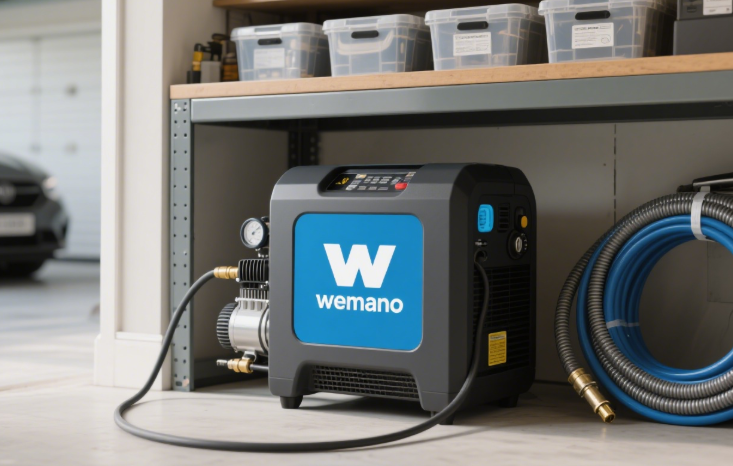Used Rotary Screw Air Compressor for Home Shop guide: Complete Buyer’s Guide
Thinking of a used rotary screw compressor for your home shop? See fit assessment, health checks, lifetime costs, and risk controls—plus dryer/filtration tips and a hands-on inspection checklist.
Sofiya
8/13/20252 min read
When purchasing a used rotary screw air compressor for home shop, the first step is to clarify your actual needs and application scenarios.
For example, if you primarily use pneumatic wrenches, spray guns, or grinders, you should focus on airflow (CFM), rated pressure (PSI), and continuous duty capabilities.If it’s only for occasional tasks like tire inflation or small paint jobs, you can opt for a model with smaller tank capacity and lower power.
1.Matching Your Needs
When choosing a used screw compressor, first assess whether it can meet your daily workload and air quality requirements.
It is recommended to prioritize models equipped with dryers or multi-stage filters to reduce moisture and oil in the air, which is especially important for painting and precision tools.
2.Assessing Equipment Condition
When buying a used screw compressor for sale, the condition of the machine is the key factor in deciding if it’s worth the investment.
Service Life & Running Hours:
Machines with fewer running hours and shorter service life usually have less wear and lower potential maintenance costs.
Maintenance History:
A quality used unit should come with a complete maintenance record, including the replacement dates for filters, oil separators, and lubricants.
Key Points During Test Run:
1.Operation: Does it start smoothly? Are there any abnormal vibrations or metallic noises (which could indicate bearing or rotor wear)?
2. Pressure & Airflow: Can it maintain the rated pressure (e.g., 120 PSI) and does the airflow match specifications (can be tested with an air gun)?
3. Leaks: Check for air leaks at fittings (using soapy water) and oil leaks on the body (sign of worn seals).
4. Temperature: After 30 minutes of running, the temperature should not exceed 100°C; overheating may indicate poor cooling or internal issues.
Core Components & Wear Part:
Inspect the screw rotors, bearings, oil separator, and controller for proper function, and consider having a professional technician evaluate them.
3.Cost & Risk Management:
Many buyers of a used rotary screw air compressor overlook the issue of “affordable to buy but expensive to own.”
Price & Value: Don’t just look at the price—evaluate performance, condition, and future maintenance costs.
Repair Accessibility: Ensure spare parts are readily available locally and repair technicians are skilled.
Warranty & Returns: Even for used machines, try to get a short-term warranty or trial period.
Long-term Energy Cost: Used machines may consume more energy than new models, so estimate long-term electricity costs.
4.Extra Features & Practicality
The larger the tank capacity (50–100 gallons), the more stable the air pressure and the smoother the tool operation.
Models with dryers or multi-stage filters can effectively extend tool life and improve work quality.
For more compressor maintenance tips, see Compressed Air & Gas Institute (CAGI) or Energy Star Industrial Guide.




